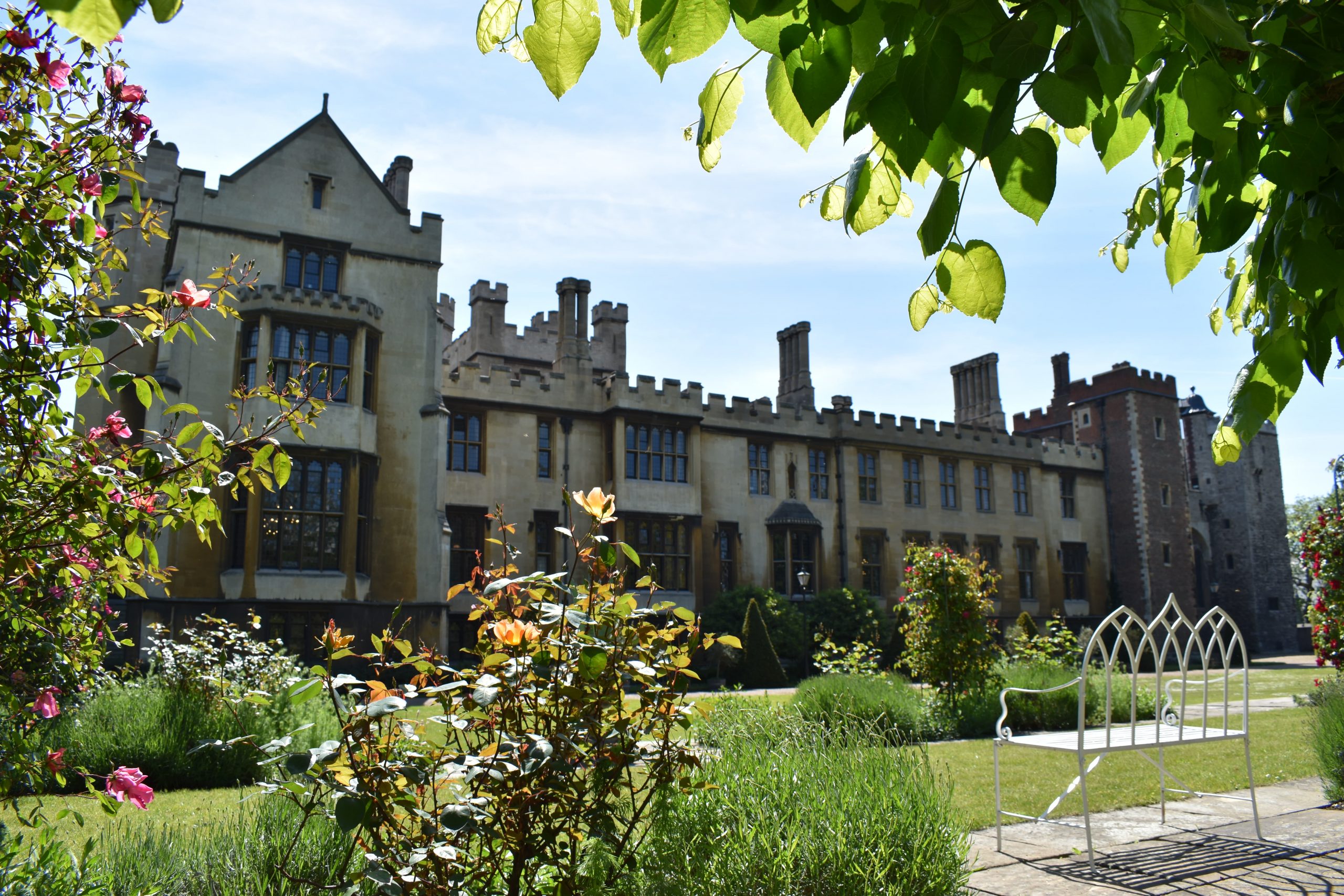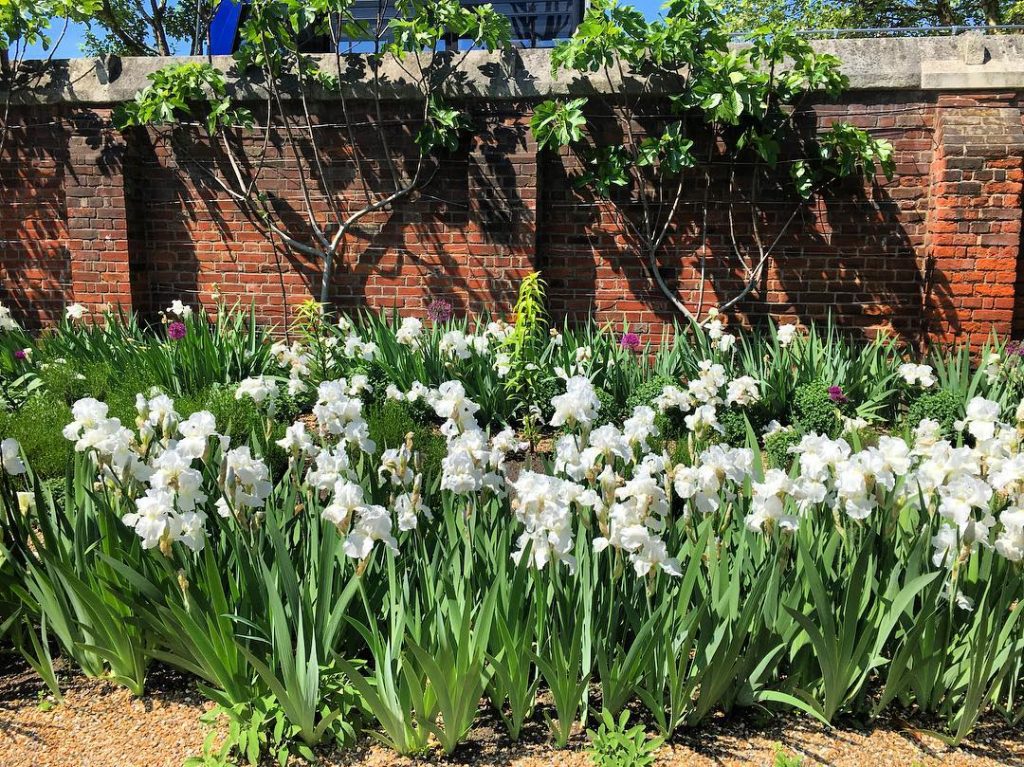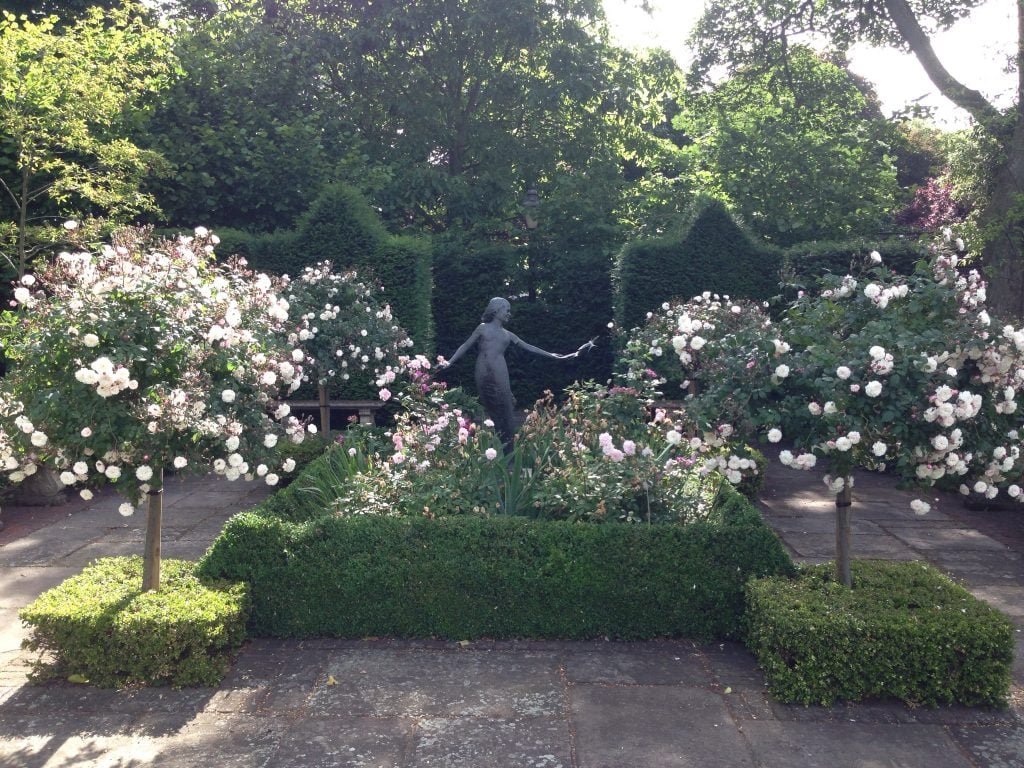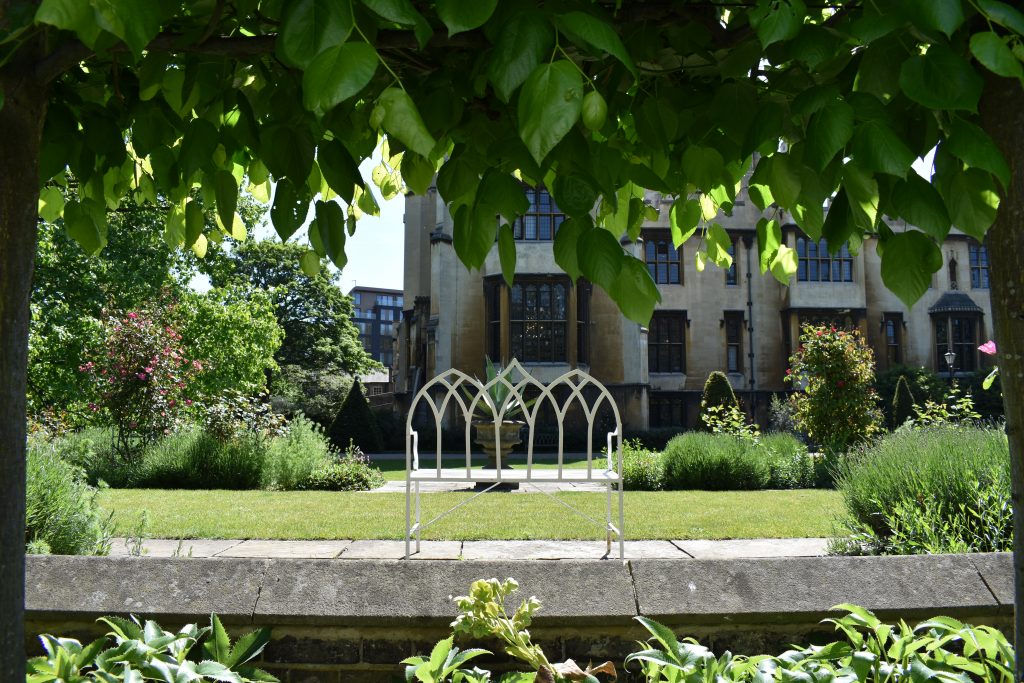Lambeth Palace; city sanctuary

Founded in 1197, Lambeth Palace garden covers just over 10 acres and is one of the oldest and largest private gardens in London. It has been occupied by Archbishops of Canterbury since its creation. A formal courtyard boasts historic White Marseilles figs planted in 1556 while the Parkland style garden features mature trees, woodland and native planting. There is a formal rose terrace, summer gravel border, scented chapel garden and active beehives. This oasis of green on the edge of the city is a place for tranquil reflection.
Caroline, wife of Archbishop Justin Welby says of their garden “There is something magical for all of us who live at Lambeth Palace about knowing we are in Central London with the traffic roaring past outside and yet being able to sit or walk in an oasis of calm and beauty just over the wall. The juxtaposition has been even more striking during lockdown as we have watched the garden come to life and enjoyed its peace and quiet, while knowing that over the road the staff at St Thomas’s Hospital have been working so hard and sacrificially on behalf of us all. It has been fitting, therefore, to offer them a key to our garden, which enables them on their breaks to come in, wander round and find peace here for themselves, at a suitable distance of course!”
Join us for a virtual visit:
A closer look
The extraordinary micro-climate of central London means that the gardening team at Lambeth Palace can be adventurous. The garden has many species native to England, as well as plants from all over the world to reflect the breadth and scope of the Anglican Communion. Trees, shrubs, perennials and annuals from Europe mix happily with a wide range of plants from the Americas, Africa, Asia and Australasia.
- White iris lend serenity to this city space
- Formality and fragrance in the Palace gardens
Greener gardening is at the heart of today’s stewardship, everything is organic and no pesticides or weed killers are used, helping to encourage natural predators. Lacewings and ladybirds help keep aphid numbers down, while numerous small birds feed on the leaf miners that harm some of the trees. Hundreds of toads – which are especially partial to slugs – have made the garden their home.
Different habitats encourage wildlife such as longer grass in some areas, or discreet piles of decaying logs. “Our aim is to have a natural balance and to provide a haven for all kinds of living things in the middle of the city’s hustle and bustle,” says Head Gardener Nick Stewart who works with Alice, Cheyenne and a team of volunteers who help with weeding, pruning and planting as well as collecting leaves in the autumn.
“Volunteers join us here for all kinds of reasons. Some come to gain practical skills and experience to enhance their studies, while others have a particular affinity for the garden itself. Many, like our visitors, enjoy the peace and contemplative quiet that the garden offers from the busy world outside.”
- A place for contemplation away from the hustle and bustle
To find out more about the garden and when it next opens click here
If you enjoyed this content please consider making a donation to help us continue to support our nursing and health beneficiaries





















